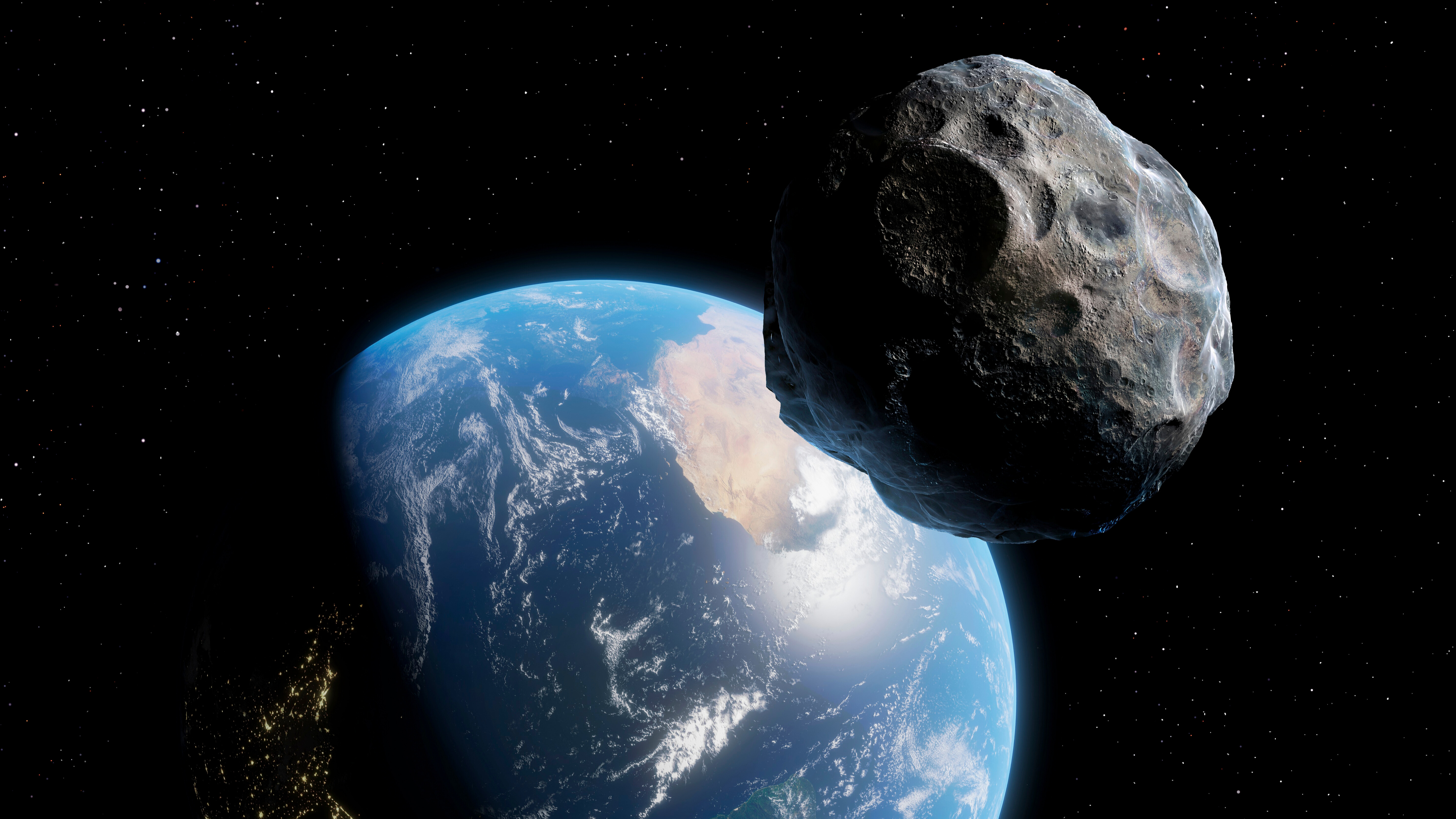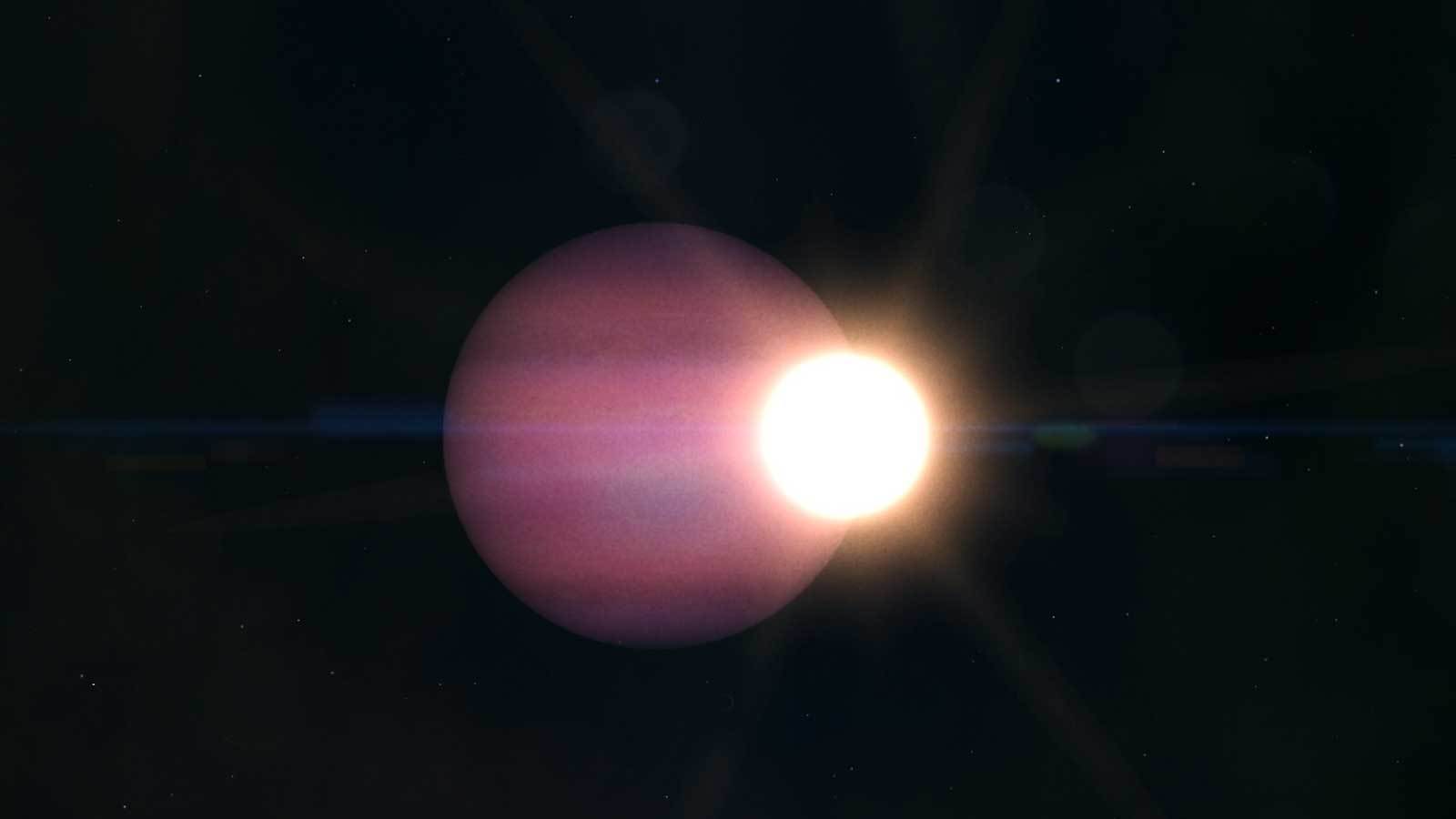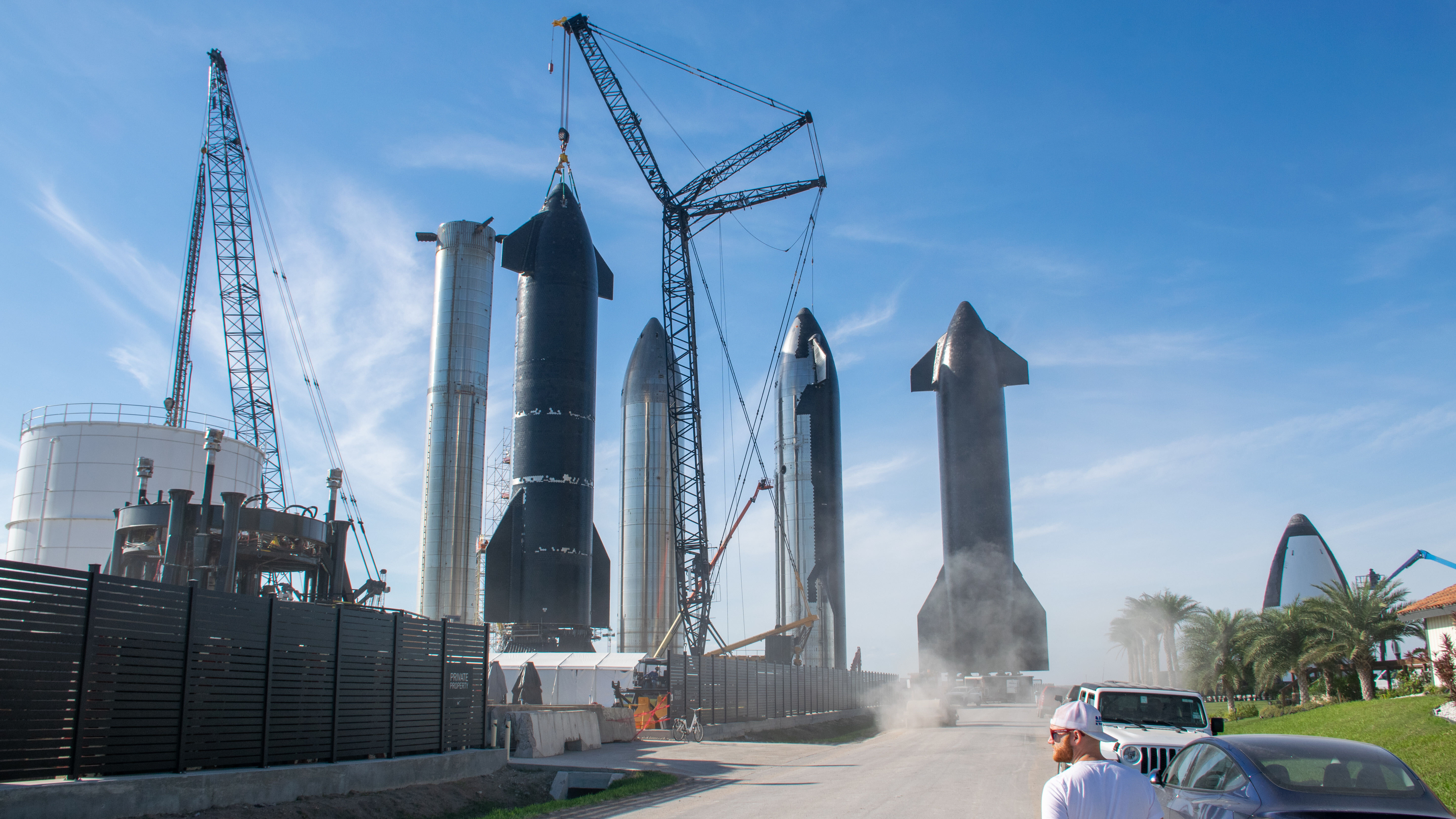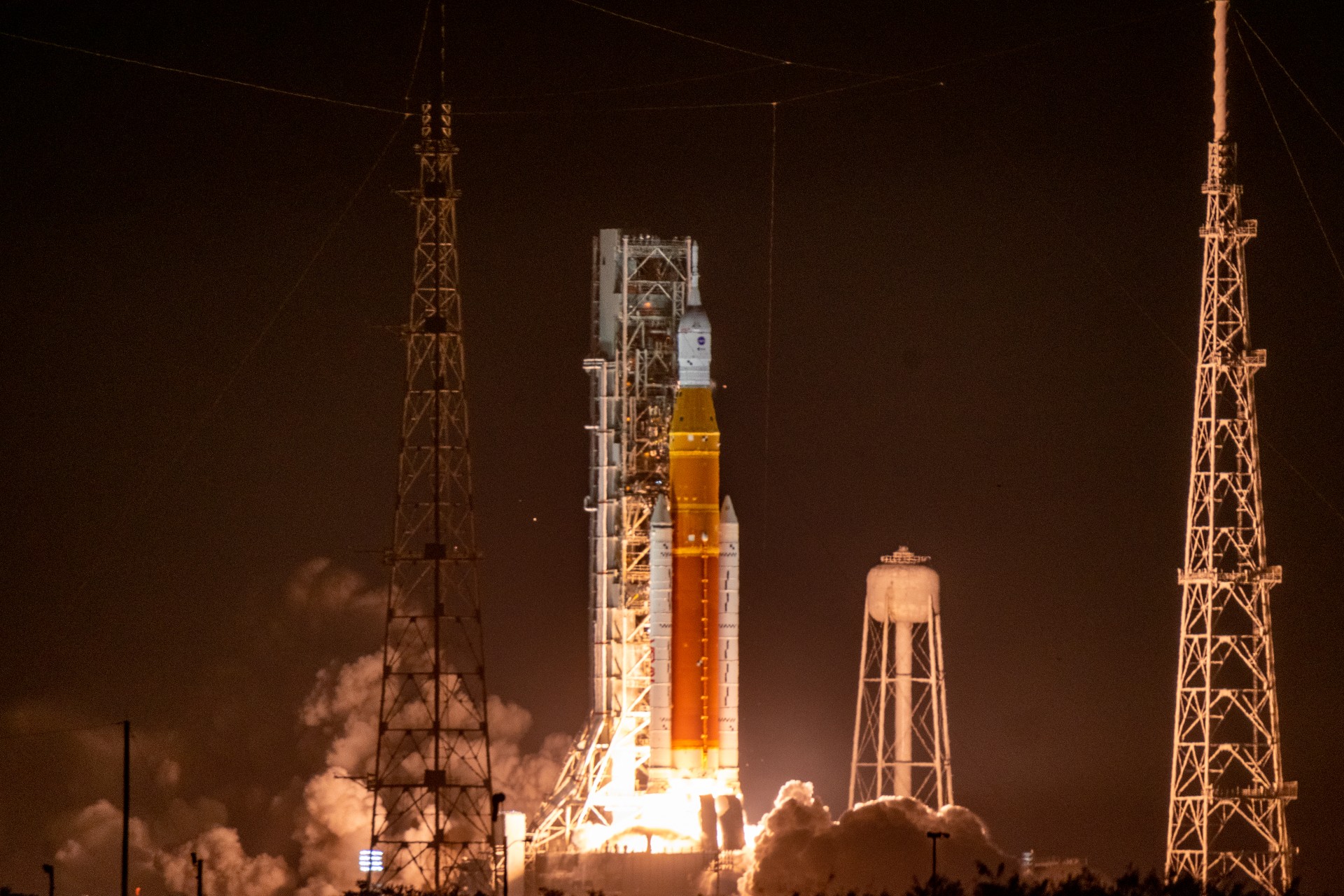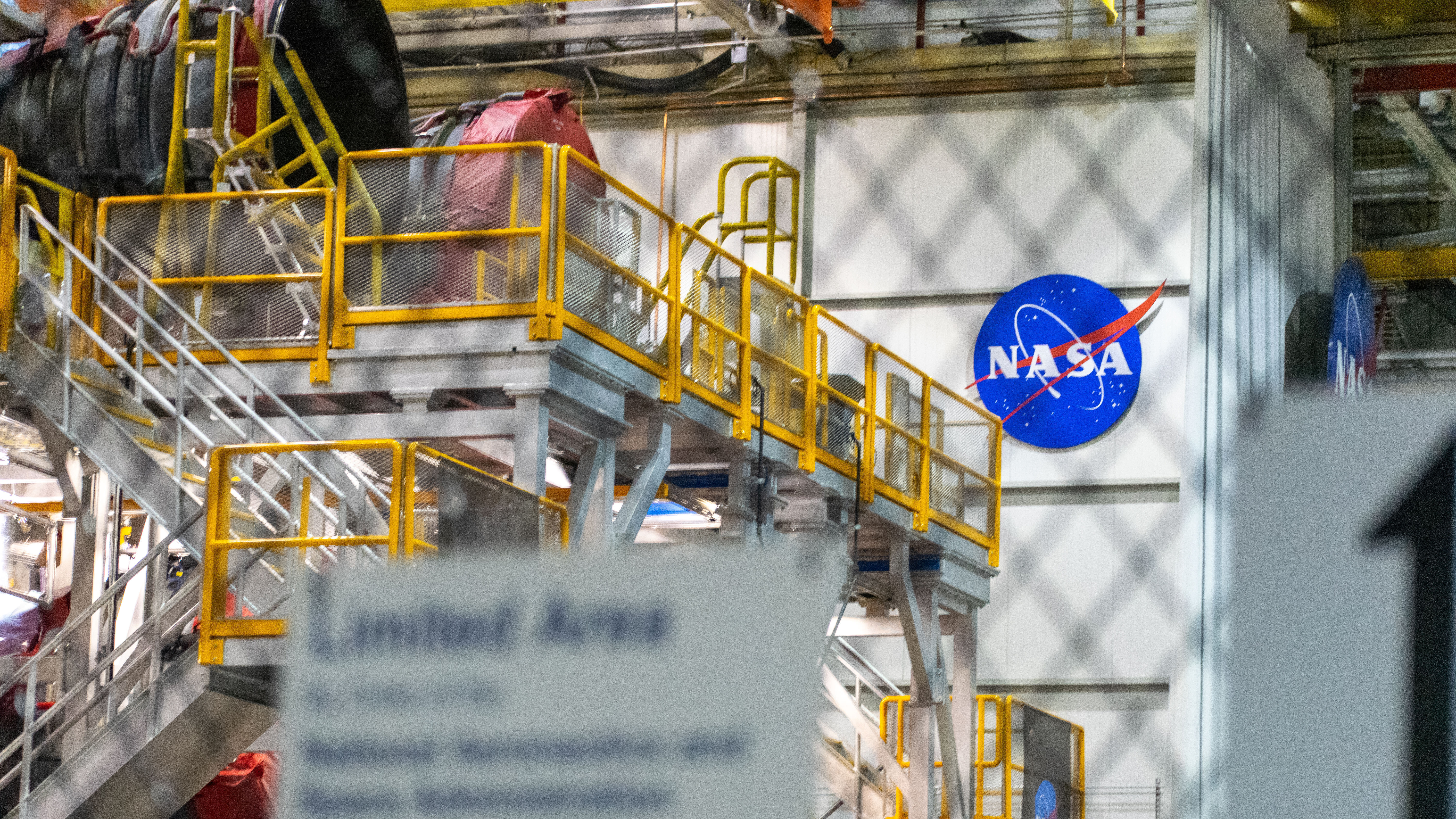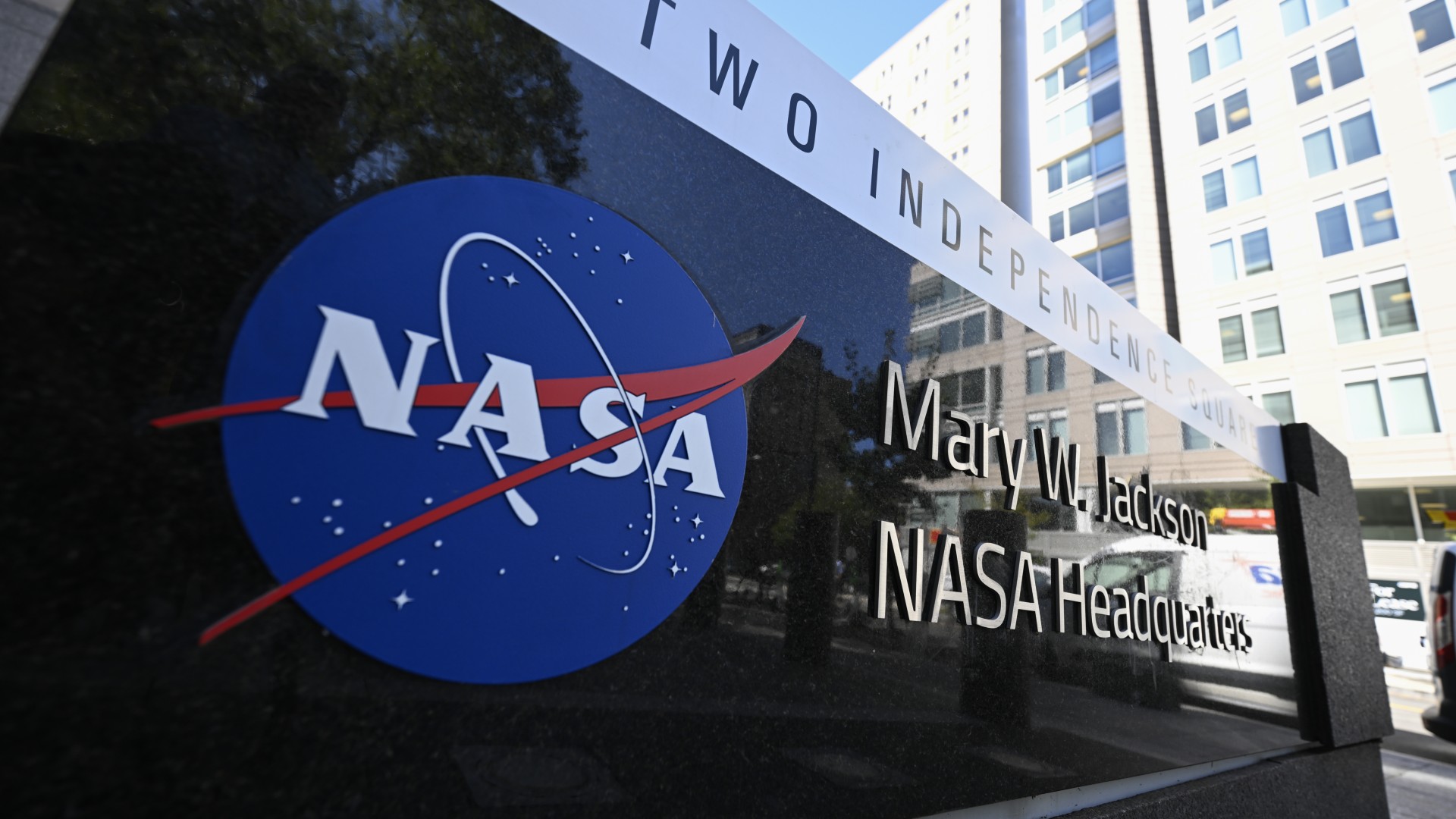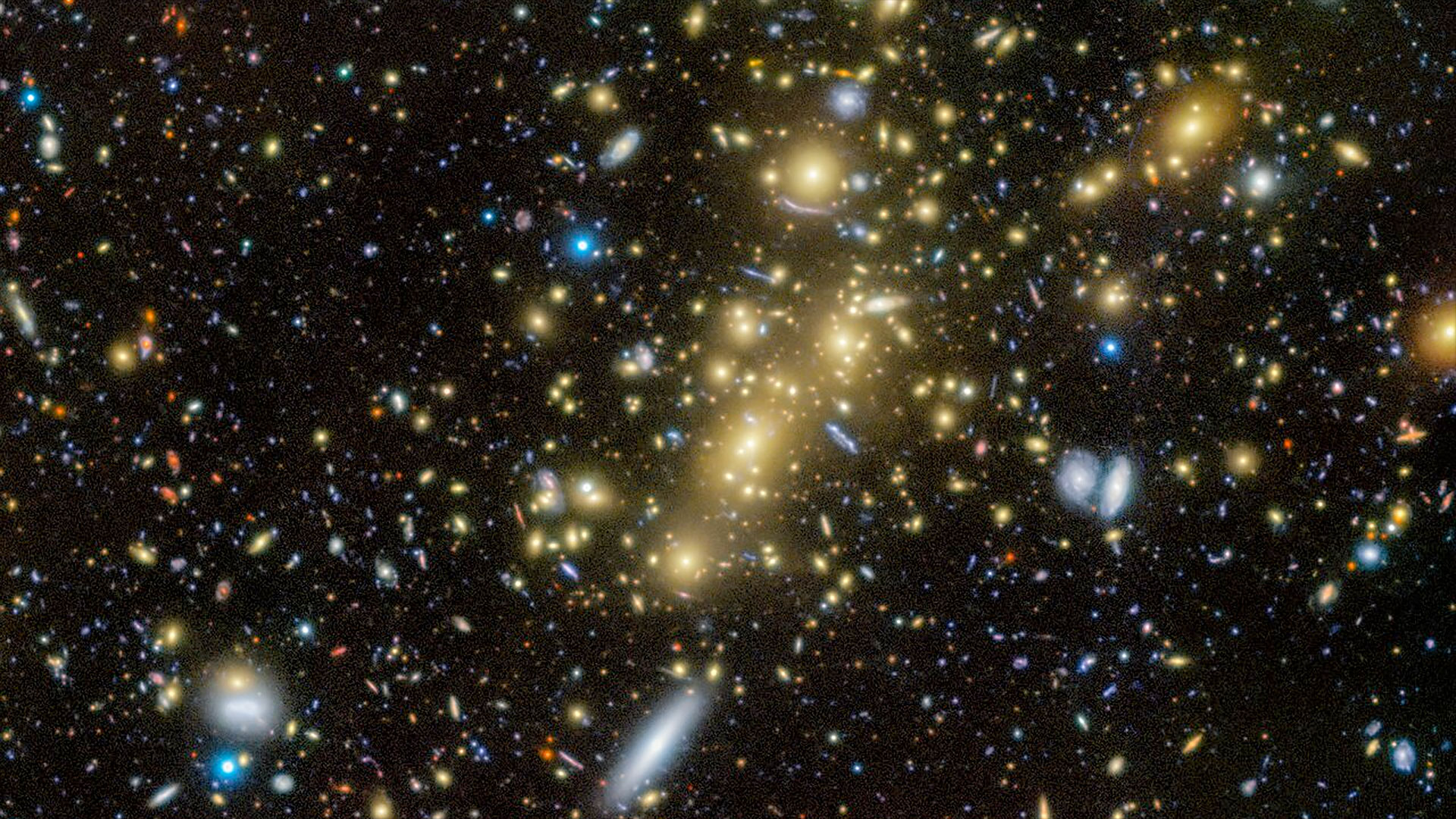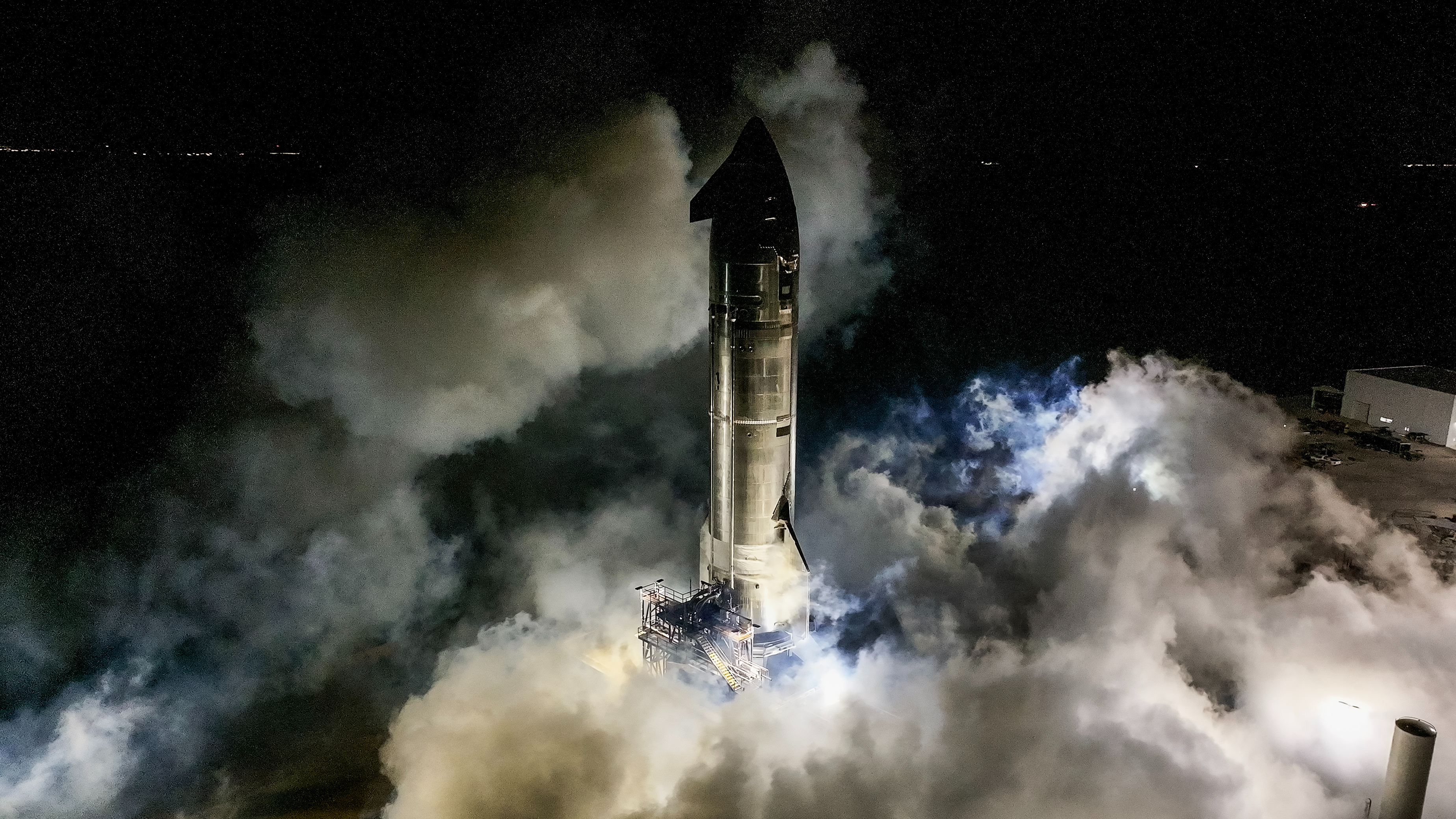Astronauts Wrap Up Big Tank Work in Mission's Last Spacewalk
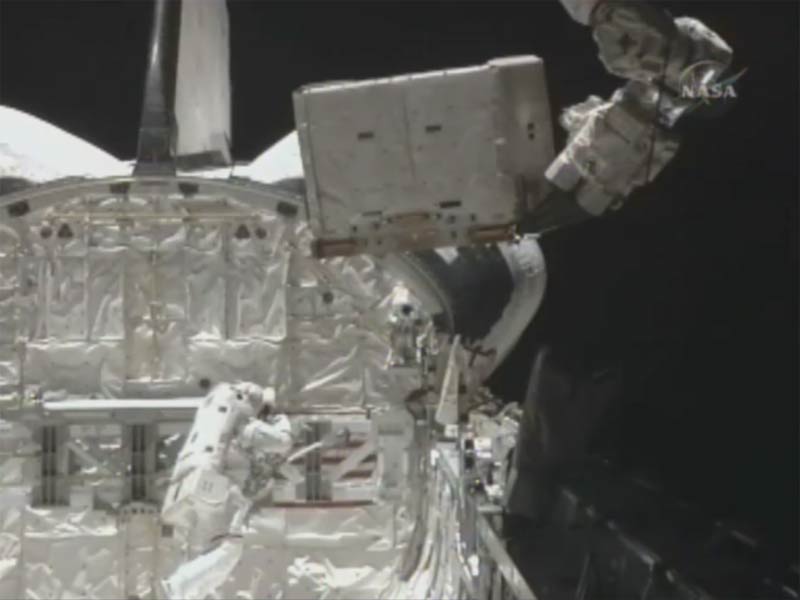
Thisstory was updated at 3:50 p.m. ET.
HOUSTON- Two shuttle astronauts ventured outside the International Space Station (ISS)early Tuesday to complete work to install a massive new coolant tank during thethird and last spacewalk of their mission.
Discoveryastronauts Rick Mastracchio and Clayton Andersonfloated outside the station?s Quest airlock at 2:14 a.m. (0614 GMT) for theirlast 6 1/2-hour service call on the space station.
Theirfirst task: Hooking up four hoses to funnel liquid ammonia coolant and nitrogenfor the space station?s onboard systems.
Mastracchio, 50, tackled the job in short order, evenpausing at times while Anderson snapped photos.
?Ohbaby, you?re going to want to take this one to the grandkids,? said Anderson,51, after taking one particularlypicturesque shot.
Itwas quick work for the spacewalkers, but Mission Control hit a snag whileactivating the new ammonia tank. A nitrogen valve appeared to be stuck, NASAofficials said.
Get the Space.com Newsletter
Breaking space news, the latest updates on rocket launches, skywatching events and more!
Spacestation flight director Ron Spencer said the stuck nitrogen valve is more thanan annoyance. If Mission Control cannot free it remotely, space stationastronauts will likely have to replace the nitrogen component of the hulking, ammoniatank, which is the size of a large refrigerator.
Thespace station uses nitrogen to pressurize its tanks of liquid ammonia coolant.It has two spare nitrogen system parts on storage shelves attached to theorbiting laboratory's backbone-like main truss.
Spencersaid that replacing the nitrogen assembly with a spacewalk is a last resortsince it could be a serious interruption to current shuttle mission, the spacestation crew and potentially NASA's next shuttle flight, which is slated tolaunch May 14. But if NASA does not fix the problem ? the valve itself can't bereached by spacewalkers, only its nitrogen system housing ? half of the spacestation's systems will have to be switched off.
"Wedo have a couple of tricks up our sleeves," Spencer said.
WhileMission Control wrangled with the stuck valve during the spacewalk, Mastracchio and Anderson tackled their own obstacle inspace. A stubborn bolt held up their work to install an empty ammonia tank (theone they replaced) in Discovery?s payload bay to be returned to Earth.
Boltshave been familiar foes for the astronauts, who have had to use pry bars andbrute strength to defeat them on twoearlier spacewalks. This bolt was misaligned, and it took both spacewalkersextra time to loosen another bolt, fix the misalignment andretighten everything back in place.
?Great job you guys,?said teacher-astronaut Dorothy ?Dottie? Metcalf-Lindenburger,who choreographed the spacewalk from inside Discovery. ?Now I can finally saygood job, we have the ammonia tank in the payload bay.?
Mastracchio and Anderson also had some trouble with thespace station?s airlock hatch at the start of their orbital work. But afterchecking the hatch?s handle (to make sure it was in place) they told MissionControl that all was well.
Discovery?s last spacewalk
Thespacewalk was the sixth career spacewalk for both Mastracchioand Anderson, and the 143rd spacewalk dedicated to space station assembly sinceconstruction began in 1998.
Bothmen have about 38 1/2 hours of spacewalking work under their belts. In all,they spent 20 hours 16 minutes working outside Discovery and the space stationon this flight.
Tuesday?sspacewalk was also the last ever planned for the shuttle Discovery. When theshuttle next flies to the space station (a delivery mission slated forSeptember), there are no spacewalks planned. That September flight is expectedto be the last flight for Discovery and NASA?s final space shuttlemission.?
Acouple of hours into the spacewalk, Anderson noticed some wear on one of hisspacesuit gloves, but Mission Control said it was no problem unless the bottomlayers on the glove were cut.
?I?ve got 51-year-oldeyes but it doesn?t look like it?s cut,?Anderson said.
Theastronauts retrieved some unneeded aluminum debris shields from the spacestation?s exterior, chores left over from the astronaut duo?s earlier spacewalkon Sunday.
Anderson was unable to hitch a ride on the station?s Canadian-built robotic armto the European Space Agency?s Columbus laboratory to retrieve an experimentbecause time was short. Instead, he prepared some tools that would be needed onNASA?s next shuttle mission in May.
Mastracchio prepared an antenna for installation duringa future shuttle mission, before checking on a beam that was installed duringan earlier spacewalk that flight controllers have noticed wobbling. The astronautswere spacewalking on the 40th anniversary of the oxygen tank explosion thatcrippled the Apollo 13 mission in April 1970.
Thetwo spaceflyersmade sure to take time to enjoy their work in space, since it could be the lasttime they see a shuttle in space from the outside. The viewsof Earth from space were astounding, they said.
?Wow,what a view,? said Anderson.
?It?sincredible, isn?t it?? Mastracchio replied.
?TheEarth is a beautiful place,? Anderson said. ?It?s too bad more people can?thave that view. Maybe,one day.?
Meanwhile,inside the space station the spacewalkers? crewmateshave been hard at work transferring some of the 17,000 pounds (7,711 kg) of cargoDiscovery hauled to the space station inside its Leonardo cargo pod.
Discoveryblasted off last Monday and is in the midst of a 14-day flight to the InternationalSpace Station and due to land in Florida on April 19.
Themission is one of NASA?s last few shuttle missions before the fleet is retiredin September. Only three more shuttle flights are scheduled after thisone.
NASA?sspace shuttle fleet is the only spacecraft currently flying that is largeenough to haul parts like the ammonia tanks, which are the size of largerefrigerators, to the International Space Station. Once the fleet is retiredlater this year, NASA will be dependent on Russia to ferry astronauts to andfrom the station until American commercial spacecraft become available.
PresidentBarack Obama is expected todiscuss the future of NASA?sspace exploration plan Thursday during a summit in Florida.
- Morning Star: The Pre-dawn Launch of Shuttle Discovery
- NASA's Most Memorable Missions
- Apollo 13 Video Simulation Shows What Might Have Been If NASA Failed
SPACE.com isproviding complete coverage of Discovery's STS-131 mission to the InternationalSpace Station with Managing Editor Tariq Malik and Staff Writer Clara Moskowitzbased in New York. Click here for shuttle missionupdates and a link to NASA TV
Join our Space Forums to keep talking space on the latest missions, night sky and more! And if you have a news tip, correction or comment, let us know at: community@space.com.

Robert Pearlman is a space historian, journalist and the founder and editor of collectSPACE.com, a daily news publication and community devoted to space history with a particular focus on how and where space exploration intersects with pop culture. Pearlman is also a contributing writer for Space.com and co-author of "Space Stations: The Art, Science, and Reality of Working in Space” published by Smithsonian Books in 2018.In 2009, he was inducted into the U.S. Space Camp Hall of Fame in Huntsville, Alabama. In 2021, he was honored by the American Astronautical Society with the Ordway Award for Sustained Excellence in Spaceflight History. In 2023, the National Space Club Florida Committee recognized Pearlman with the Kolcum News and Communications Award for excellence in telling the space story along the Space Coast and throughout the world.
